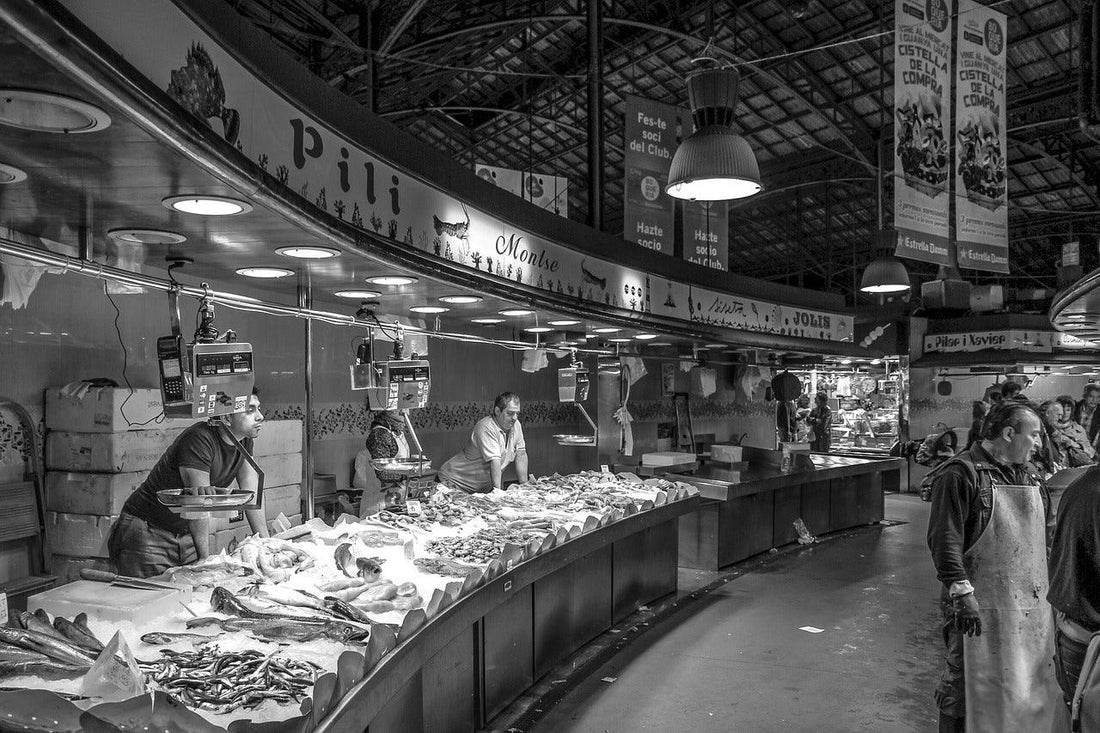
Mastering Low-Light Photography Without a Tripod: A Complete Guide
Shooting in low light can be a rewarding challenge, and the good news is you don’t always need a tripod to capture sharp images. Whether you're at a concert, a dimly lit event, or exploring night-time streets, this guide will help you maximize your results with simple techniques and settings adjustments.
1. Boosting Your ISO: Understanding Sensitivity
When you're shooting in low light, increasing your camera's ISO setting can make all the difference. ISO measures your camera's sensor sensitivity to light. By increasing it, you'll be able to capture more detail in darker conditions. Learn more about understanding ISO settings here. However, keep in mind that too high of an ISO can introduce noise or grain into your photos, so finding the right balance is crucial. Start experimenting with your ISO, and push it only as far as your camera allows before image quality degrades. Modern full-frame cameras perform better in low light compared to older APS-C cameras, so practice to see where your camera's limits lie.
2. Embrace High-Speed Burst Mode
Many modern cameras feature high-speed burst mode, which can be a game-changer in low-light settings. If you're unfamiliar with this feature, check out this burst mode guide. Even when your shutter speed dips just below the threshold for handheld stability, burst mode can increase your chances of capturing a sharp image.
3. Use Natural Stabilizers: Walls, Ledges, and Other Surfaces
When shooting without a tripod, you can still find stability by using your surroundings. Rest your camera on a wall, ledge, or even the ground to eliminate hand-held shake. For more tips on how to stabilize your shots, see this handheld stabilization article.
4. Live View Mode: A Handy Tool
Switching to Live View mode helps prevent blur caused by the movement of your camera’s mirror during shooting. When you're not using a tripod, this slight vibration can lead to soft images, especially in low light. Learn more about how to use Live View mode for better handheld photos.

5. Get Creative with Your Bag
If you're on the go and don’t have access to a stable surface, try using your backpack (or even a jacket) as an impromptu stabilizer. This trick is particularly helpful when you're in locations that restrict tripods, like museums or historical sites.
6. Perfect Your Stance: Practice for Stability
Even without external stabilizers, you can improve your low-light shots by practicing your stance and grip. Check out these handheld stability techniques to reduce camera shake and improve your images.
Advanced Tips for Shooting in Low Light
7. Open Up Your Aperture
The wider your lens aperture, the more light your camera will capture. Use a wide aperture like f/2.8 or f/1.8 to allow more light to hit the sensor, reducing the need to crank up the ISO too high. Remember, though, that shooting wide open reduces depth of field, so ensure your focus is on point.
8. Slow Down Your Shutter Speed (With Caution)
If you're able to brace yourself well or use a stable surface, consider lowering your shutter speed. Slower speeds like 1/30s or even 1/15s can let in more light, but be mindful of movement, both from your subject and your hands. You might get away with it if you're careful, but combine this with techniques like burst mode to hedge your bets.
Editing Tips for Low-Light Shots
Sometimes even with the best settings and techniques, your low-light shots can benefit from a bit of post-processing. When editing, focus on reducing noise without losing detail. Programs like Lightroom have noise reduction tools that can clean up grainy images. Additionally, adjust the exposure, contrast, and sharpness to bring out the best in your photo.
Conclusion: Mastering Low-Light Photography Without a Tripod
Shooting in low light without a tripod may seem intimidating at first, but with the right approach, it's completely achievable. By boosting your ISO carefully, experimenting with high-speed burst mode, and utilizing natural or makeshift stabilizers, you can capture stunning images in any lighting condition.
Remember, low-light photography is all about experimentation. Try different settings, practice your hand-holding technique, and most importantly, have fun with it. Photography is about creativity, and low light presents an exciting opportunity to play with mood, shadow, and atmosphere.

For more low-light photography tips, tutorials, and gear recommendations, visit Up Your Photography. Don’t forget to share your own low-light photo adventures in the comments!
Quick Quiz:
- What is the benefit of using high-speed burst mode in low light?
- How can you stabilize your camera without a tripod?
- What happens when you push your ISO too high?
- What stance tips can help reduce hand-held camera shake?
Creative Task:
Head out to a dimly lit environment (such as a park at dusk or a street corner at night) and challenge yourself to take 10 sharp handheld photos. Experiment with different ISO settings, find unique angles by using walls or ledges, and use burst mode to get sharper results. Post your best shot and tag #UpYourPhotography on Instagram to get featured!
